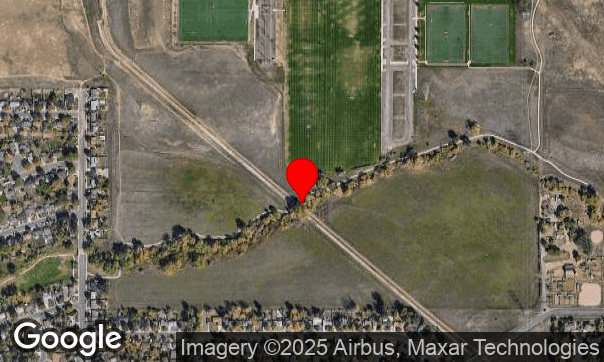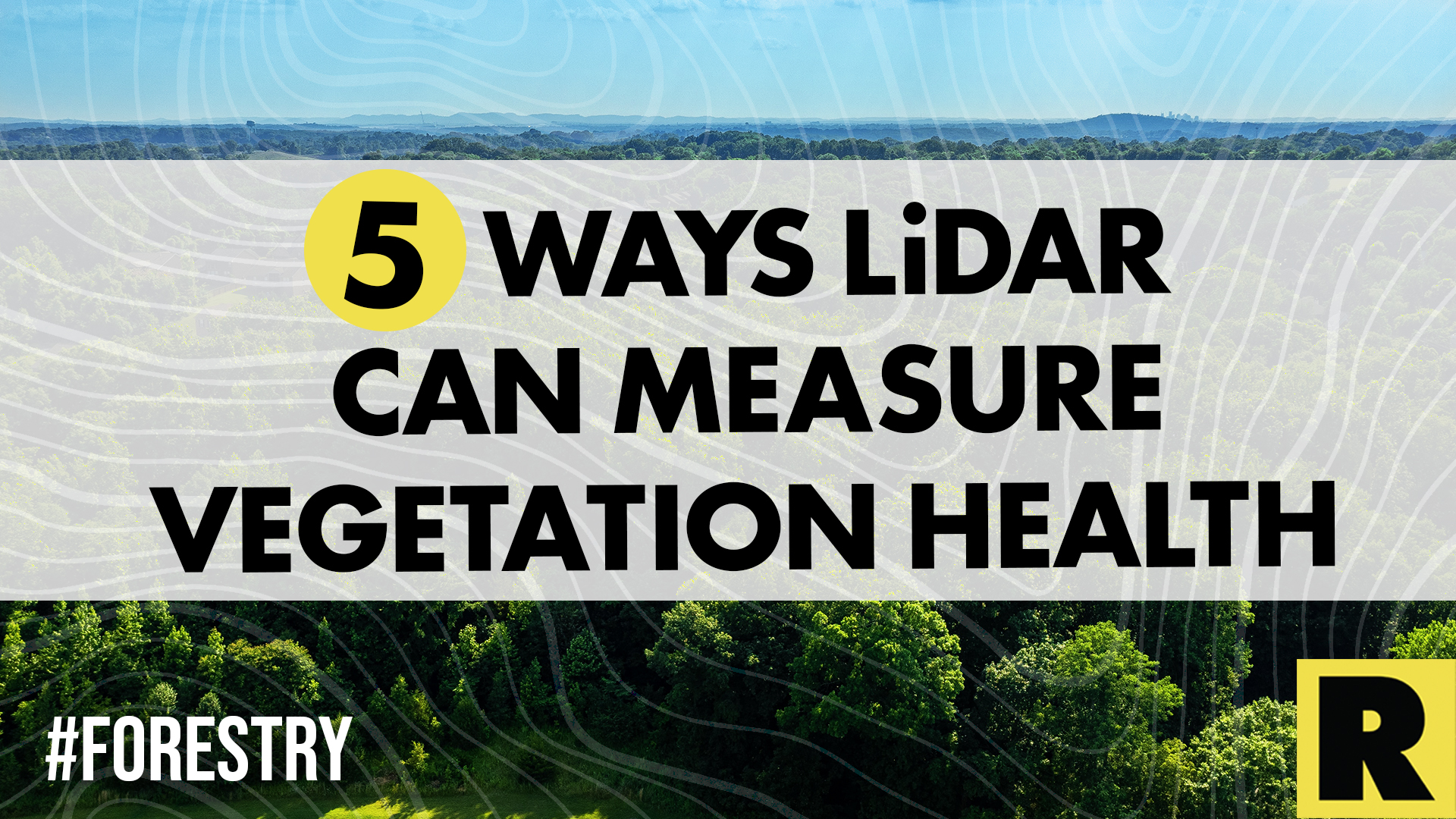
Data that separates canopy from terrain—and signal from noise
Forestry decisions move faster when the data is clear. ROCK LiDAR captures millions of points per second—returning bothground and multiple canopy layers—so you can separate terrain from vegetation, create canopy metrics, and track changewith confidence. From habitat assessments to fuel-load proxies and road planning, your team gets science-ready data andCAD/GIS-ready outputs in one streamlined workflow.
What you can do with ROCK in Forestry
Forestry projects need consistent methods that work across seasons, slopes, and species. Our field-to-finish stack—ROCK Ultra orR3 Pro V2 for capture, ROCK Desktop for on-site QC, and ROCK Cloud for processing—standardizes every step. The result: comparable metricsacross tracts and time, delivered in formats your scientists, planners, and engineers already use.
Canopy height & density
Derive CHM, canopy cover %, gap analysis, and vertical profiles from multi-return LiDAR—ideal for stand structure and habitat modeling.
Bare‑earth terrain models
Generate hydro-enforced DTMs and contours under dense canopy for roads, drainage, and erosion planning.
Habitat & health monitoring
Produce time-series metrics and change maps to support silviculture, restoration, and wildfire-risk programs.
Recommended workflow
Capture multi-return LiDAR during leaf-on or leaf-off (or both) to match your objectives.
Field-check in ROCK Desktop to confirm coverage and point density before you leave.
Process in ROCK Cloud to classify ground/vegetation, compute canopy metrics, and build DTMs/orthos.
Export layers & reports or order advanced deliverables from ROCK Surveyor / Planimetrics.
Typical deliverables for forestry teams
- Ground-classified point cloud (LAS/LAZ) and bare-earth DTM/DEM
- Canopy Height Model (CHM), canopy cover %, gaps, vertical structure profiles
- Contours & hydrologic layers (flow paths, sinks, watershed boundaries)
- Orthomosaic & colorized LiDAR for context and communication
- Road/landing planning layers and slope/aspect rasters
- Change detection (canopy loss/gain, disturbance, harvest blocks)
- Habitat suitability inputs (terrain + canopy derivatives)
- File formats: GeoTIFF, SHP/GPKG, DWG/DXF, LandXML, CSV, LAS/LAZ.
Why forestry groups choose ROCK
True bare-earth under canopy with high return counts and precise classification.
Repeatable methods that scale from 100-acre stands to multi-million-acre programs.
Integrated tools: Desktop field QC, Cloud processing, one-click deliverables.
Flexible capture: UAV, mobile, and SLAM options for remote or GNSS-denied areas.
Team extension: Offload surge work to ROCK Pro Services without losing momentum.
Use cases
What to expect
- Accuracy (post-processed): ~1–3 cm horizontal, ~2–3 cm vertical (control & site dependent)
- Point spacing: Often 3–10 cm at common forestry altitudes; denser for targeted areas
- Turnaround: Same-day field QC; Cloud processing and downloads within project scope
FAQs
Leaf-on or leaf-off?
Both work—leaf-off favors terrain, leaf-on improves canopy metrics. Many programs acquire both for a complete picture.
Do you provide biomass/carbon?
We deliver foundational LiDAR metrics (height, cover, structure). Biomass/carbon estimates are produced by applying regional allometric models—our team can help align to your standards.
How do you prove accuracy?
PPK/RTK stats, strip alignment checks, and independent check-point residuals are included with surface deliverables.
Can you map remote terrain safely?
Yes—UAV + mobile workflows reduce boots-on-ground time and improve access to steep or sensitive areas.
Knowledge for Forestry

ROCK Ultra – Van Bibber Creek (120m, 5 m/s)
Testing the ROCK Ultra’s canopy penetration and ground detail capture at Van Bibber Creek.

R3 V2 Van Bibber Creek
Showing off the R3 Vegetation Penetration.

ROCK R3 Pro V2 – High-Accuracy LiDAR Survey in Dense Georgia Vegetation
Discover how the ROCK R3 Pro V2 achieved survey-grade accuracy of 0.089 ft RMS on a 37-acre site with dense vegetation, validated by a registered survey firm.

5 Ways LiDAR Can Measure Vegetation Health in the Forestry Industry
In the world of forestry, LiDAR is an efficient way to get a quick read on the health of an area's vegetation.
Try ROCK Robotic now
Your 3D scanning journey starts here. Download ROCK Desktop or process in ROCK Cloud.